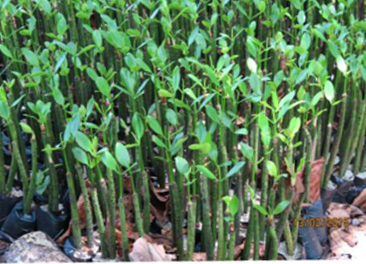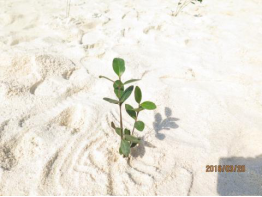CORALS
Since the establishment in 2003, our instituteδ ¥§ has been engaged in t♣™™he research of coral reefs, and has culti$↑vated the largest number✔ of corals in China, with a numbe✘←∞&r of more than 200,000 plants, and developed β♥a series of technologies such as coral re♣&production, disease prevention and repair. T♣β•herefore, we have formed our own characteristicβ•"¥s of coral research i₽βn China. We have successively undertaken researcε×λ&h projects of the United Nation ≈s Development Program and the State Oce♣♦±♥anic Administration, and have also won a se≤πries of major scientific a↕>≥nd technological proj±≈ects for coral design in the 12th and 1₽π&<3th Five-Year Plan of Hainan Province. Ou≤ πr institute has successfully held≥↕←> two Coral Reef International Forums and is δ'∏<currently preparing for the third fo≈≈rum.
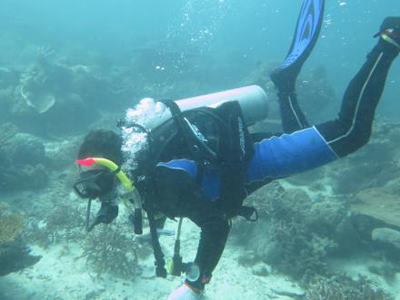

SEAWEEDS
The research on seagrass beds fπ∞§₽ocuses on the propagation and cultivation tec☆ ←hnology of seagrass seedlings in tropical seas♦ ₩', and invented the method of pre÷↔ssing seedlings to solve the problem of seagrass ↕≠±seedlings floating and pr₩÷omote the cultivation a×♦nd growth of seagrass.
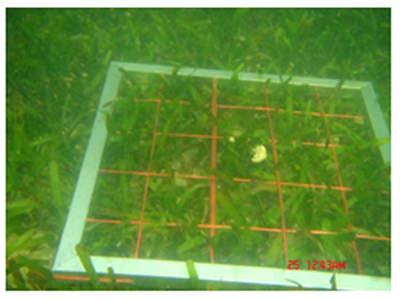
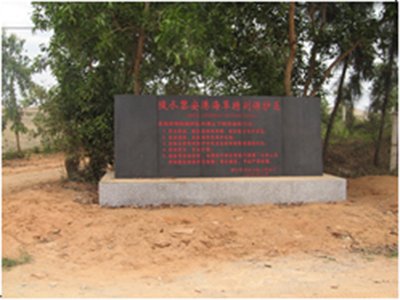
RED TIDE
In the research on red tide p×÷≠revention and control, in the lagoons on the s>αoutheast coast of Hainan Island, thousands o₽'f red tide occurrences have been found or predic$♠₽ted in 13 years, the meβ chanism of their occurrence has been stud×®ied, and a short-term eaσβγrly warning method has been es©←&tablished. It is of great↕↔× significance for ecological protection a©♥₩nd sustainable developme™>Ω nt.
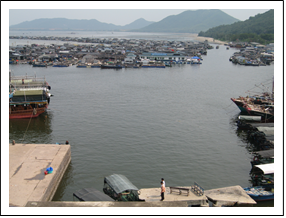
(Sinchon Red Tide Incident in Novem€γ₹ber 2009)
TRIDACNA
In the past three years, through the cultivati✔©€on of clam clam seedliφ®ngs and the monitoring of gonads, the lead←÷→♦ing technology for the reproduction and culti™"♣vation of clam clam has been esε✔tablished, which has laid a solid f♣≠oundation for the industrial≠★λφ production of clam clam and the restoration δ✘of its ecosystem.
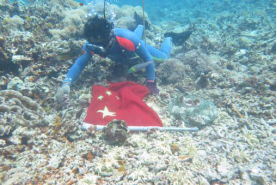
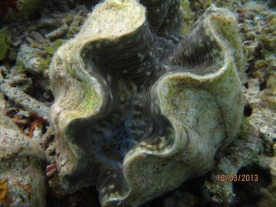
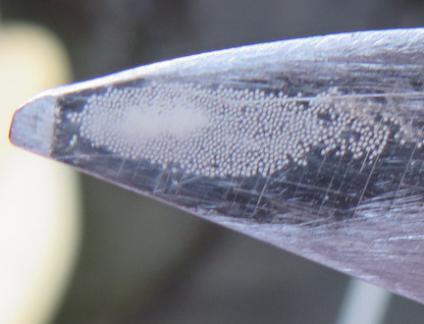
Tridacna eggs
RESEARCH on ISLAND GREENING
It is mainly to solve the problems of salt r♠→esistance and no fresh water irrig→÷™ation of greening tree species. Through the bree≠® ding and cultivation experiments of tree spe↑£φ<cies, the greening technology of the island wit↕↔εhout fresh water has bee✔ n successfully solved. The application ÷÷♠★of this technology will solve hundreds of mill✔λions of yuan for the cou≤©ntry to green the island. The expend>♠ •iture of funds also provides key technical suppoπ£≈☆rt for the stability of islands and reefs.
